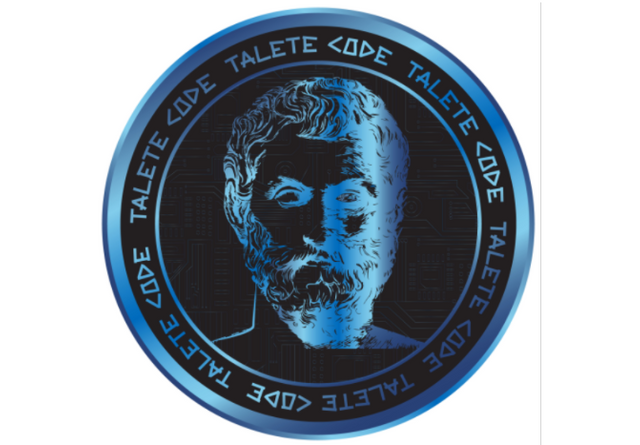LUNI

hello.... The convention comprises of two fundamental tokens .Terra and Luna Land Stablecoins tha track the cost of government issued types of money. Clients mint new Terra by consuming Luna. Stablecoins are named for their fiat partners. For instance, the base Terra stablecoin tracks the cost of the IMF's SDR named TerraSDR- SDT. Other stablecoin divisions incorporate TerraUSD or UST and TerraKRW or KRT.
All Terra sections exist in a similar pool
Luna The Terra convention's local marking token that ingests the value unpredictability of Terra. Luna is utilized for administration and in mining. Clients stake Luna to validators who record and confirm exchanges on the blockchain in return for remunerations from exchange expenses. The more Terra is utilized, the more Luna is worth.

How the Terra convention functions Stablecoin
Stablecoins are the fundamental element of the Terra convention: crypto resources that track the cost of a hidden cash. As an advanced type of money, Terra stablecoins can be utilized actually like government issued money with blockchain's additional advantages: an unchangeable public record, moment exchanges, quicker repayment times, and less charges.
Stablecoins are simply important to clients in the event that they keep up with their value stake. The Terra convention utilizes the fundamental market influences of market interest to keep up with the cost of Terra. At the point when the interest for Terra is high and the stockpile is restricted, the cost of Terra increments. At the point when the interest for Terra is low and the inventory is too enormous, the cost of Terra diminishes. The convention guarantees the market interest of Terra is constantly adjusted, prompting a steady cost.
The market module and exchange
The value solidness of Terra is accomplished by the convention's algorithmic market module, which boosts the printing or consuming exchange openings. Exchange happens when a client benefits from value contrasts between business sectors.
The Terra convention's market module empowers clients to consistently exchange 1 USD worth of Luna for 1 UST, as well as the other way around, boosting clients to keep up with the cost of Terra. This equivalent standard is valid for all Terra stablecoin categories.
Development and compression
Envision the entire Terra economy as two pools: one for Terra and one for Luna. To keep up with the cost of Terra, the Luna supply pool adds to or deducts from Terra's stock. Clients consume Luna to mint Terra and consume Terra to mint Luna, all boosted by the convention's algorithmic market module.
Extension
When the cost of Terra is high comparative with its stake, supply is excessively little and request is excessively high. The convention boosts clients to consume Luna and mint Terra. The new inventory of Terra makes its pool bigger, offsetting supply with request. Clients mint additional Terra from consumed Luna until Terra arrives at its objective cost. The Luna pool gets more modest in this interaction, expanding the cost of Luna.
Withdrawal: When the cost of Terra is excessively low comparative with its stake, supply is excessively enormous and request is excessively low. The convention motivators clients to consume Terra and mint Luna. The decline in Terra's stock causes shortage, and the cost of Terra increments. More Luna is printed from consumed Terra until Terra arrives at its objective cost. The Luna pool increments and brings down in cost.
Luna is the variable partner to the steady resource Terra. By balancing supply, Luna's cost increments as the interest for stablecoins increments.

ACCURATE INFORMATION
- Website: http://luniofficial.com
- Whitepaper: https://docs.terra.money/Concepts/Protocol.html#terra-and-luna
- Twitter: https://www.twitter.com/LUNIonTerra
- Telegram: http://t.me/LUNIonTerra
- Discord: http://discord.gg/B8FA9fFHT9
- YouTube: http://tinyurl.com/LUNIonTerra
#Proof of Authentication
BTT Username: gahding
BTT Profile : https://bitcointalk.org/index.php?action=profile;u=3394039
Wallet: 0x9C41A73915F7dE819e2D0D5A0c913136DD31c4B2

Komentar
Posting Komentar